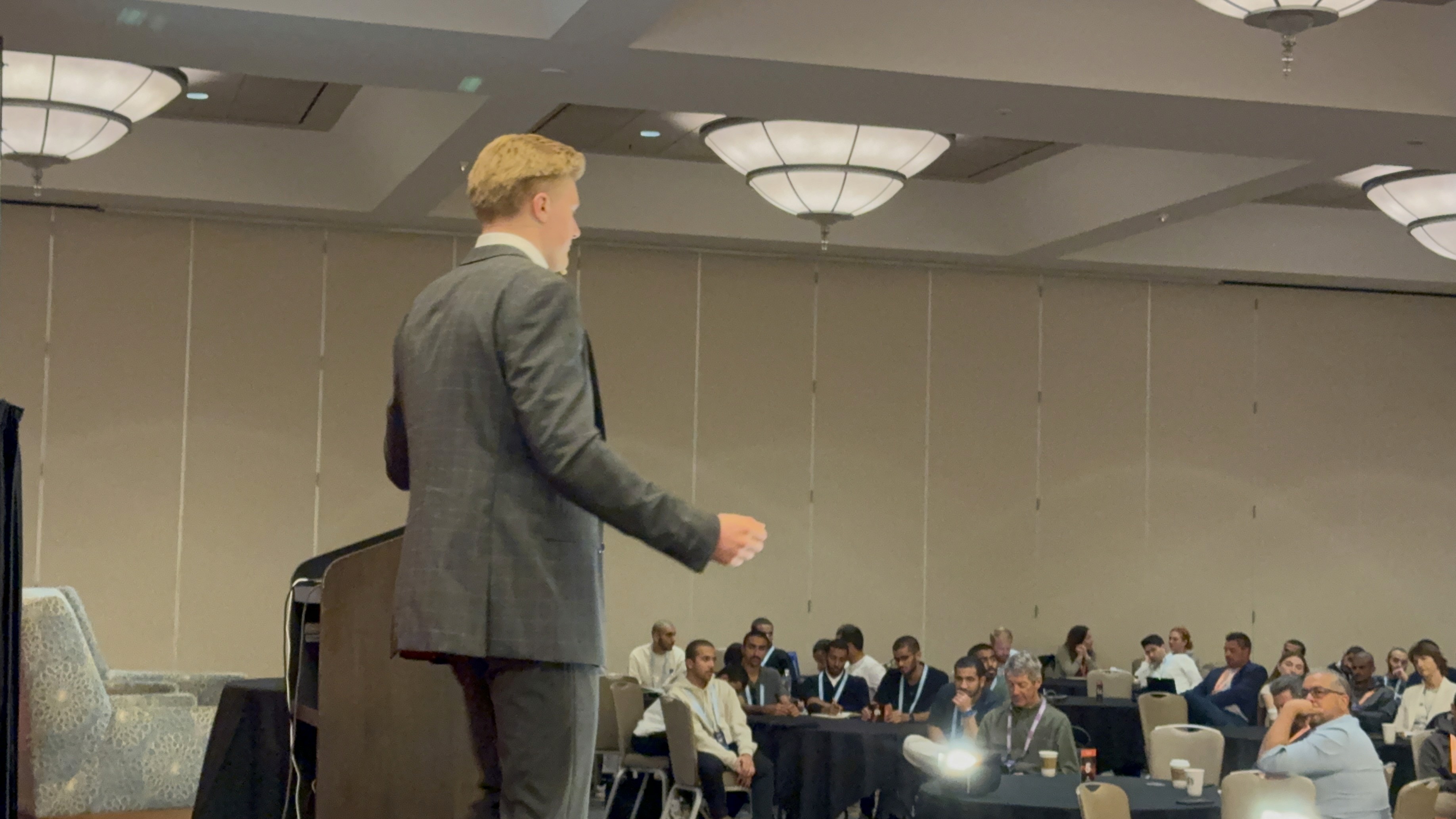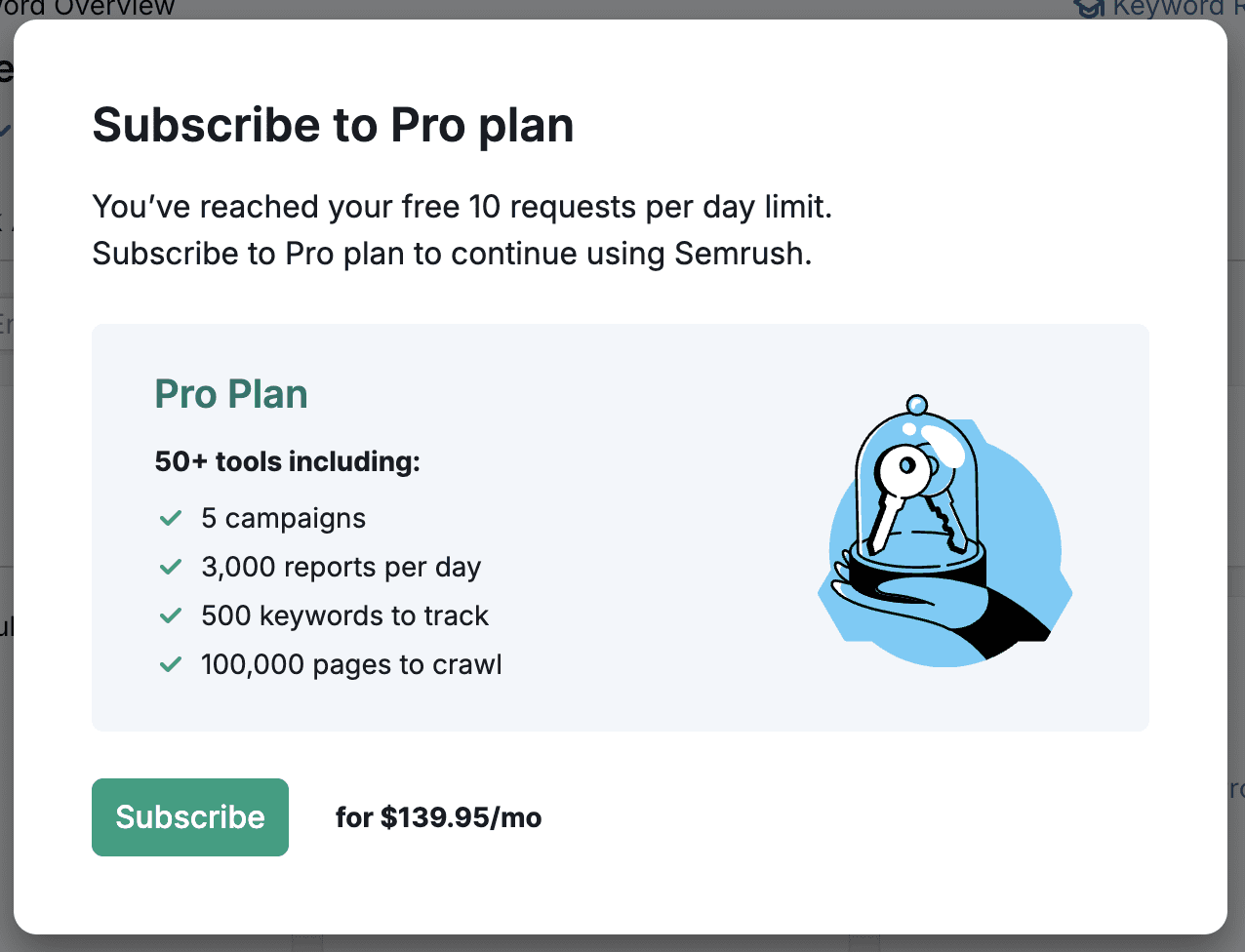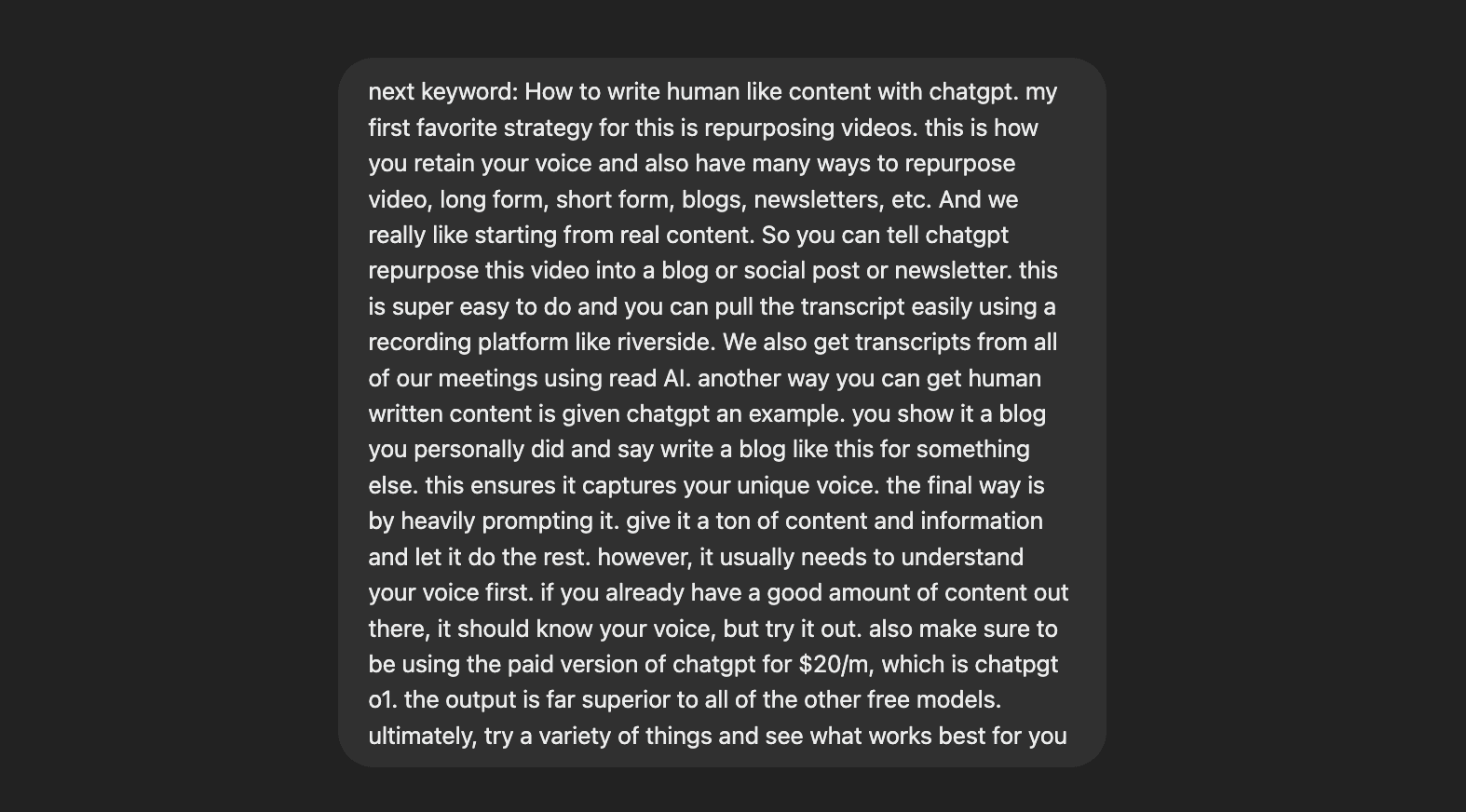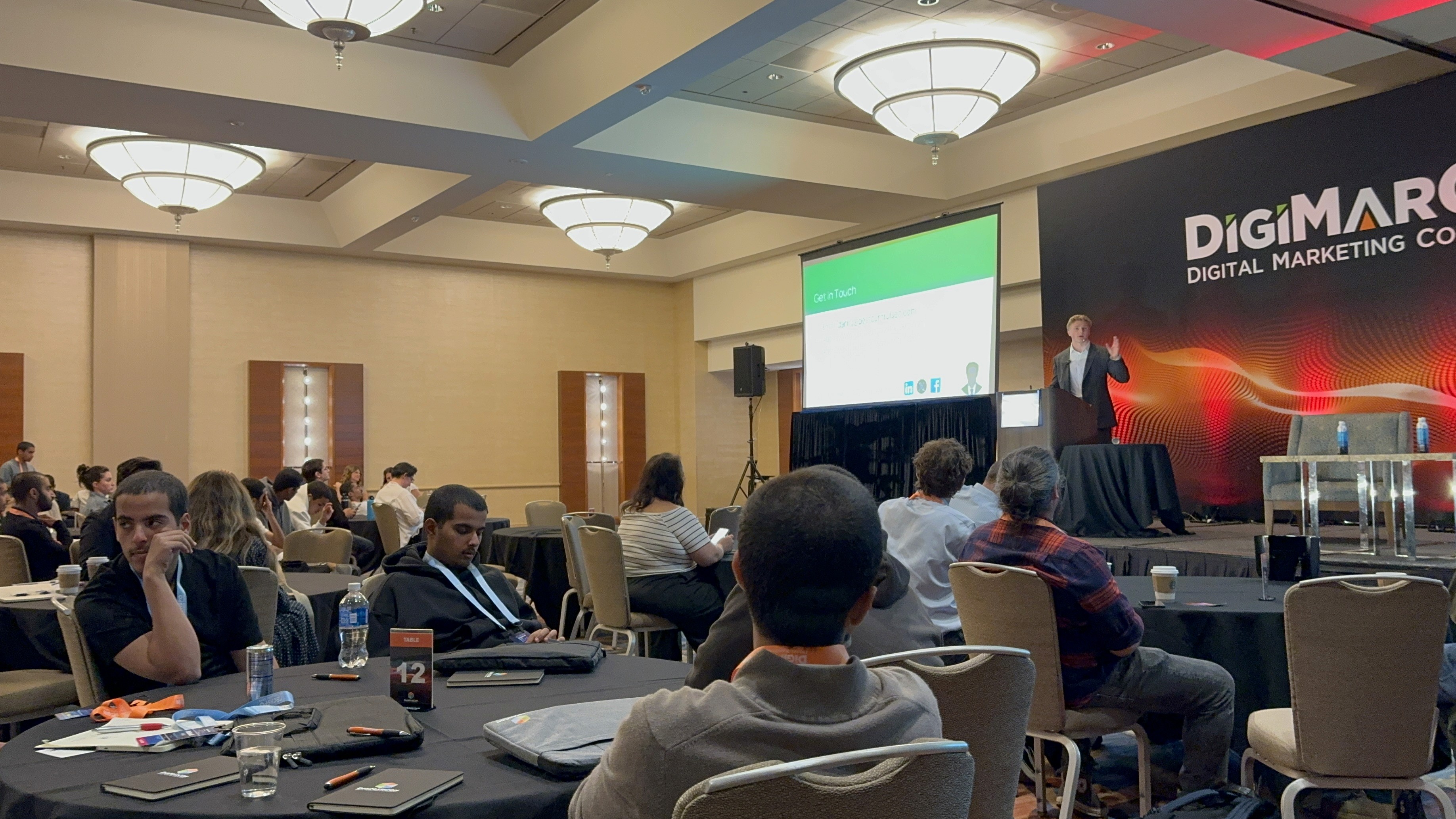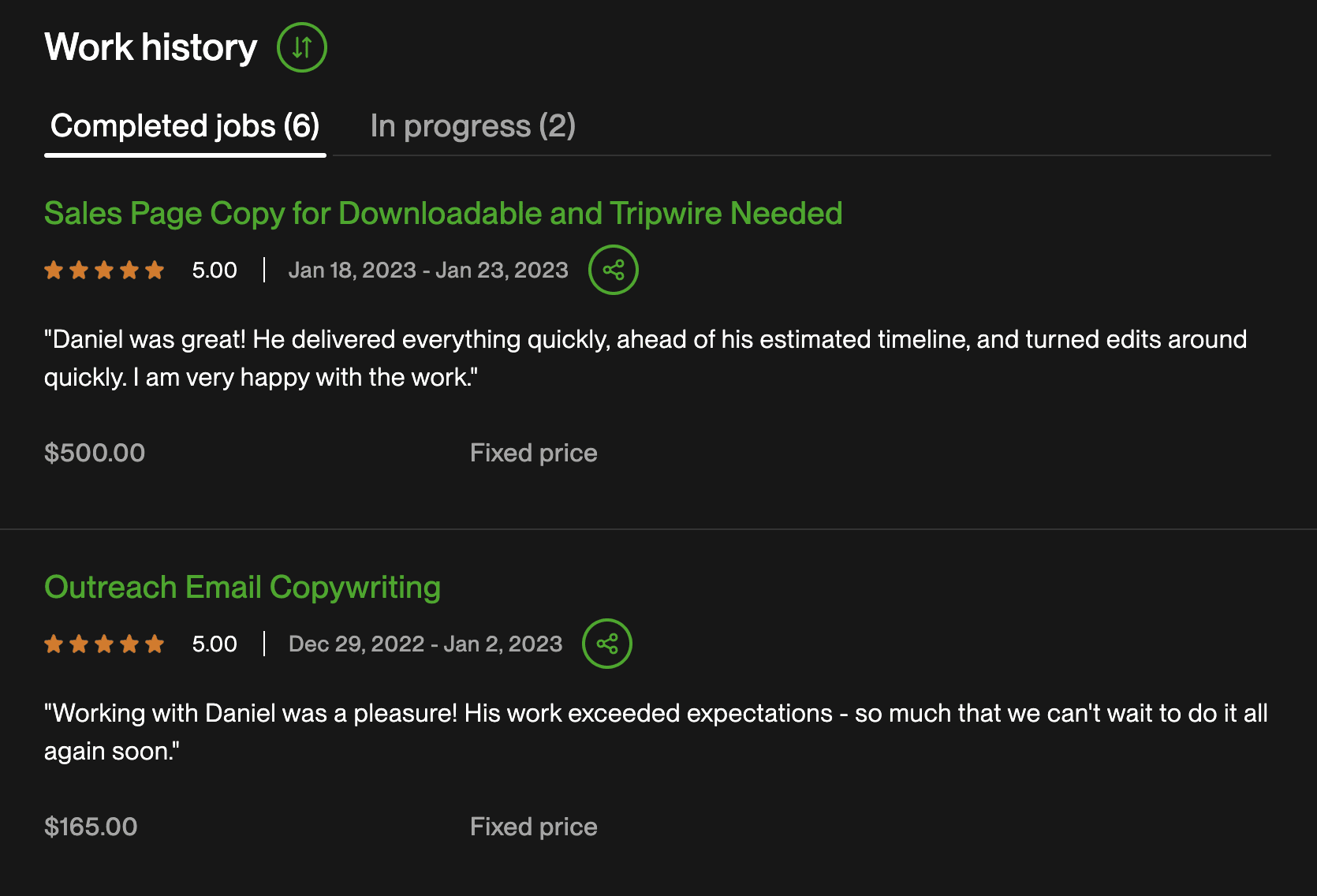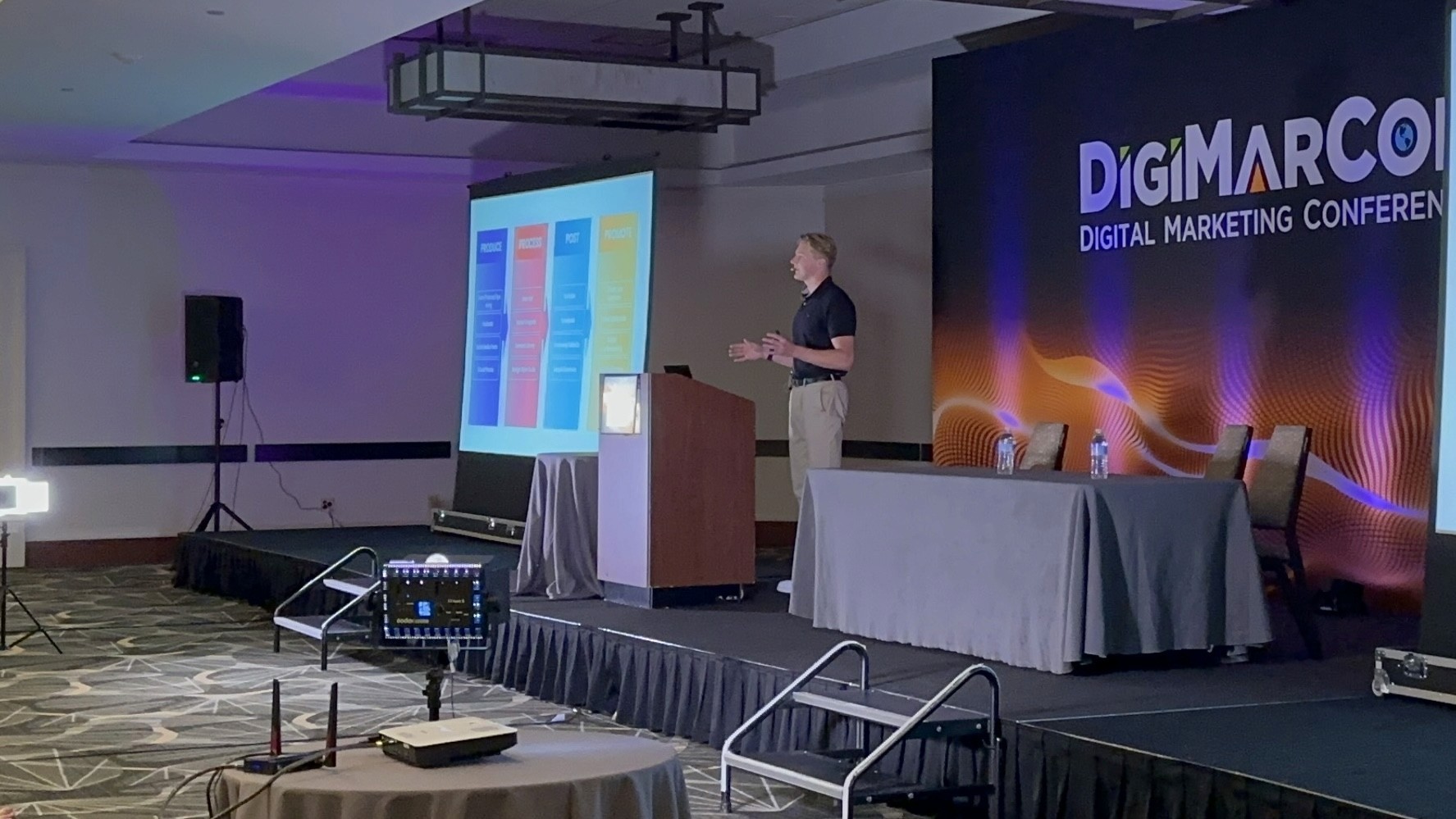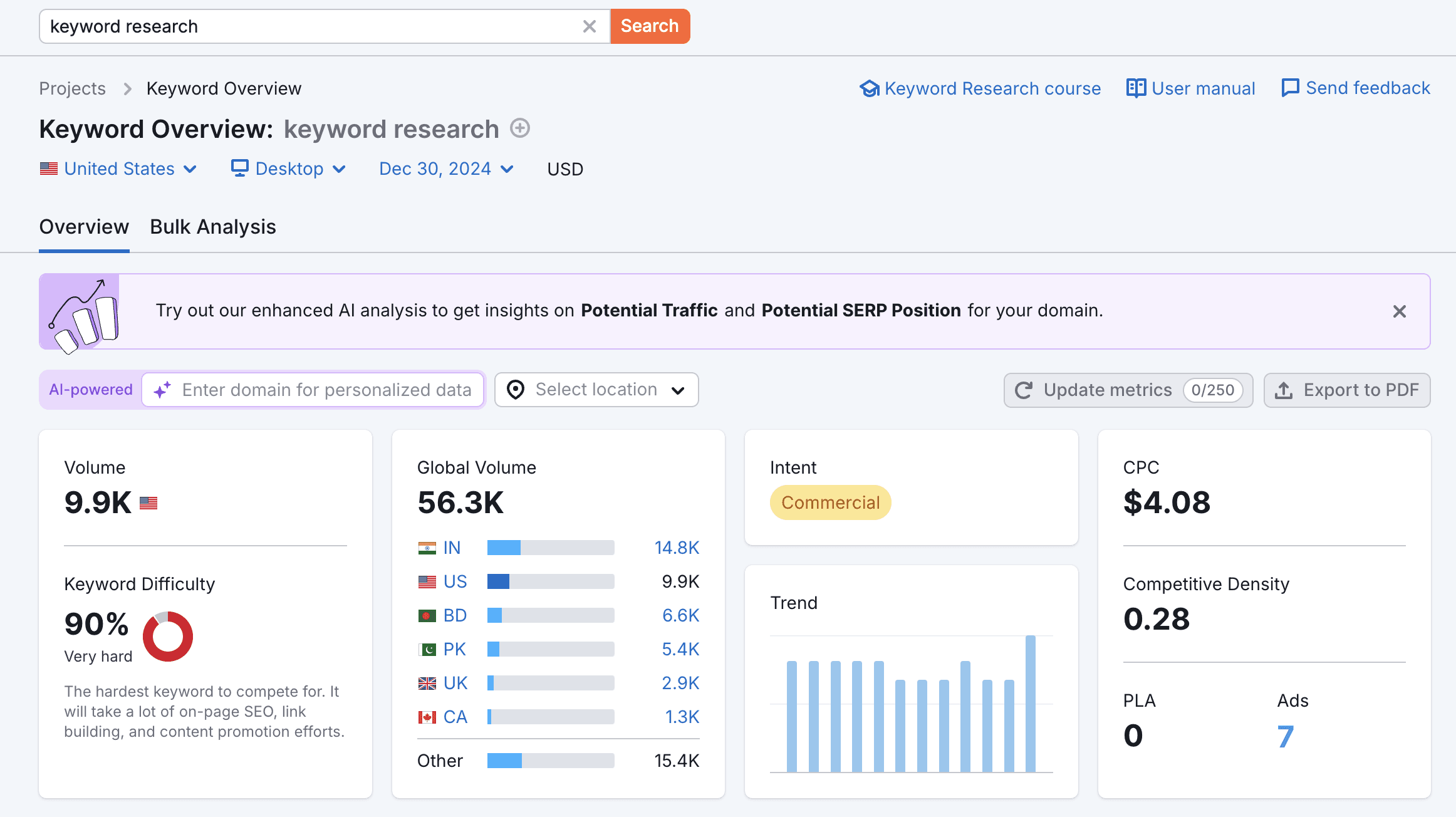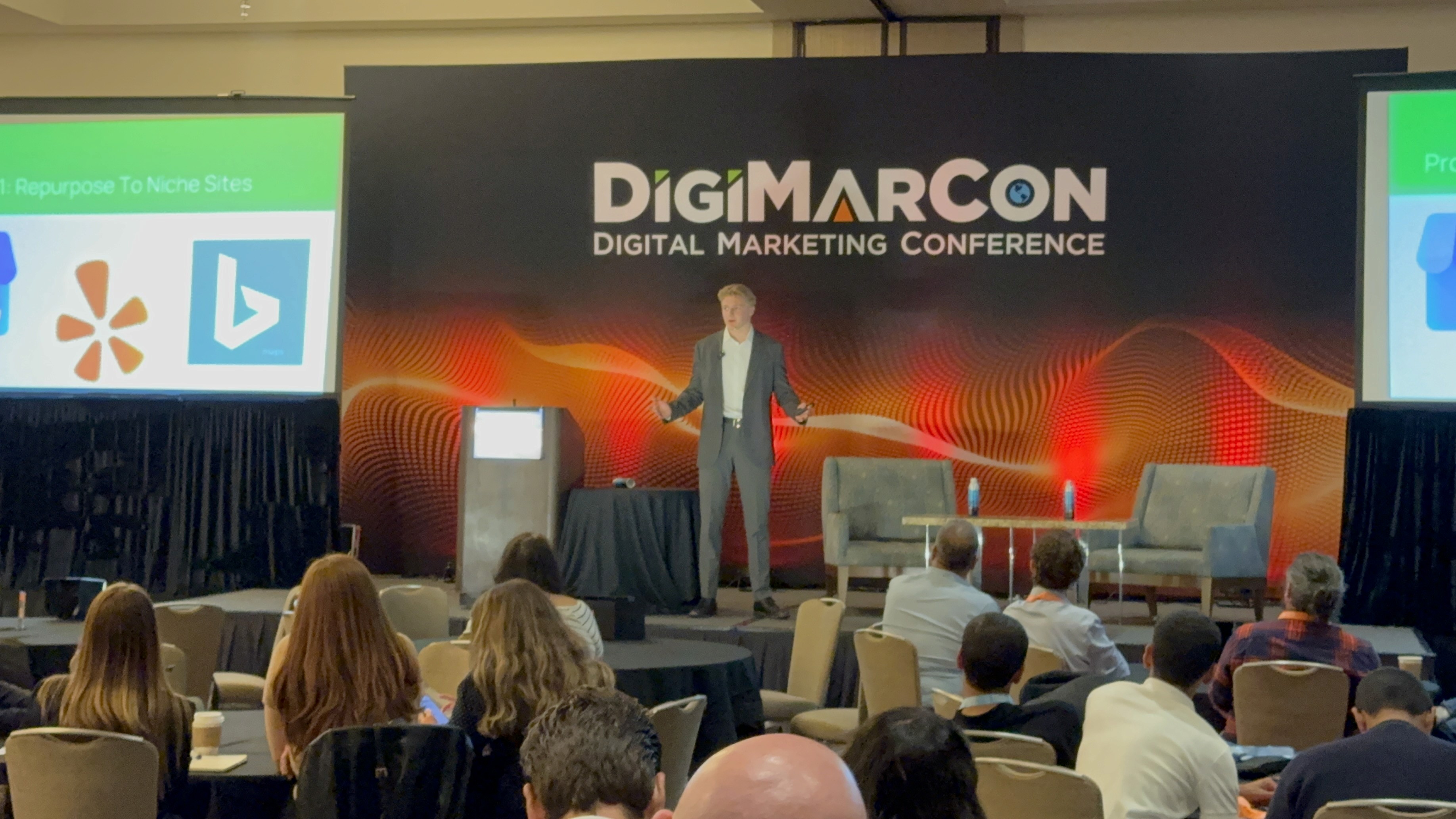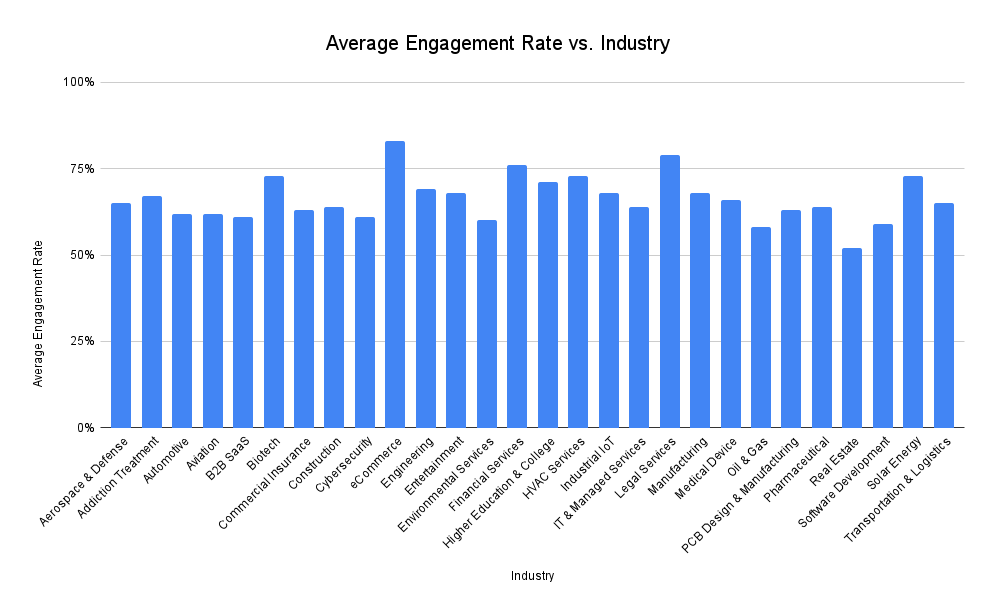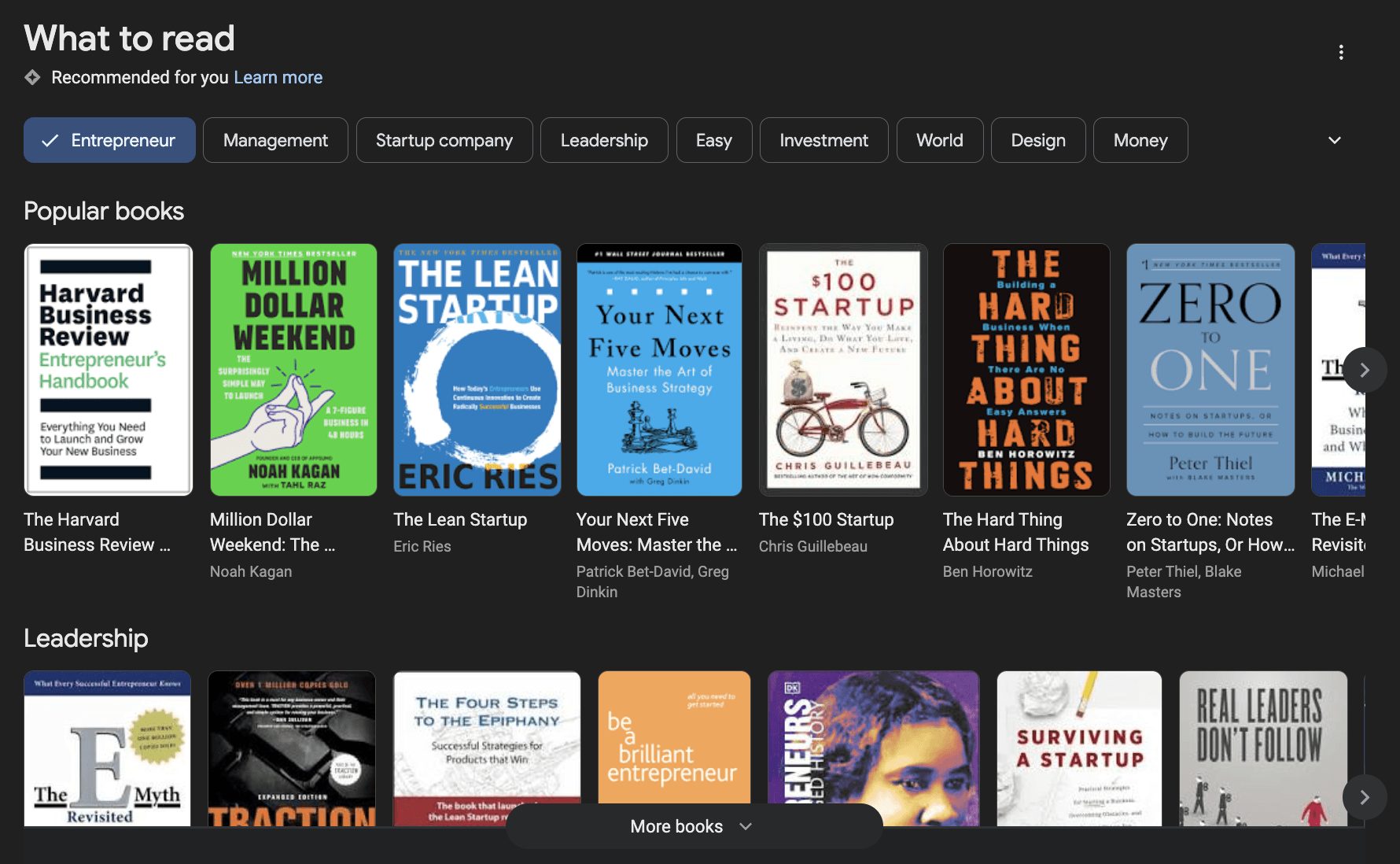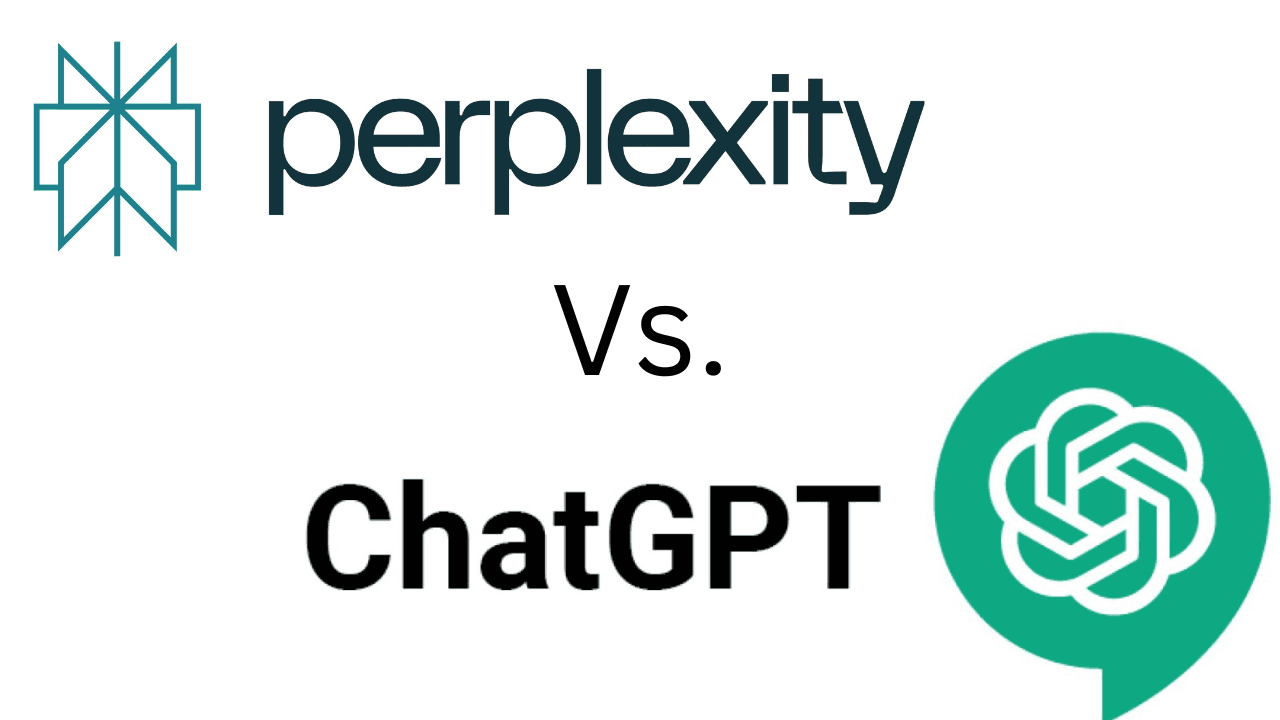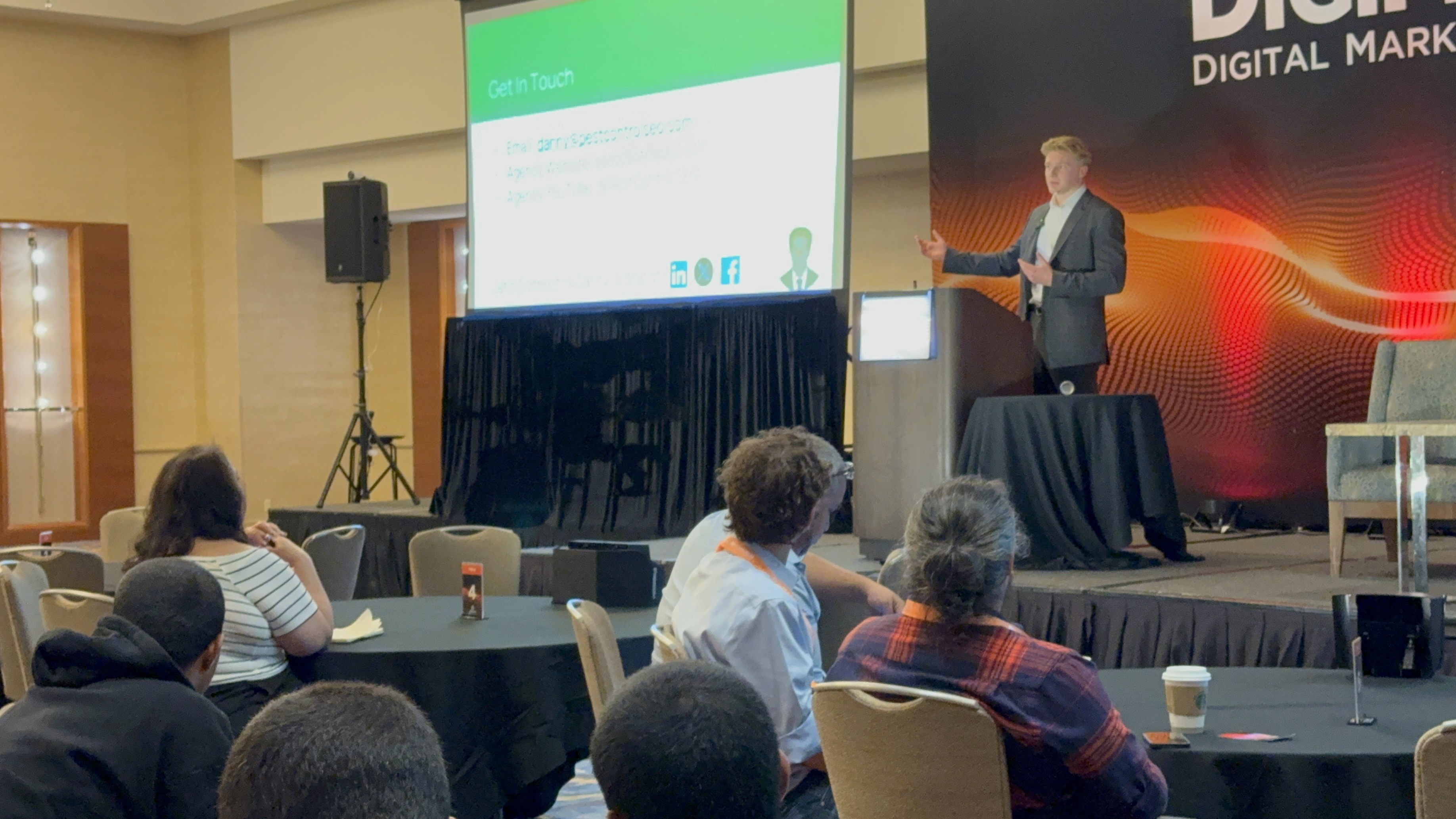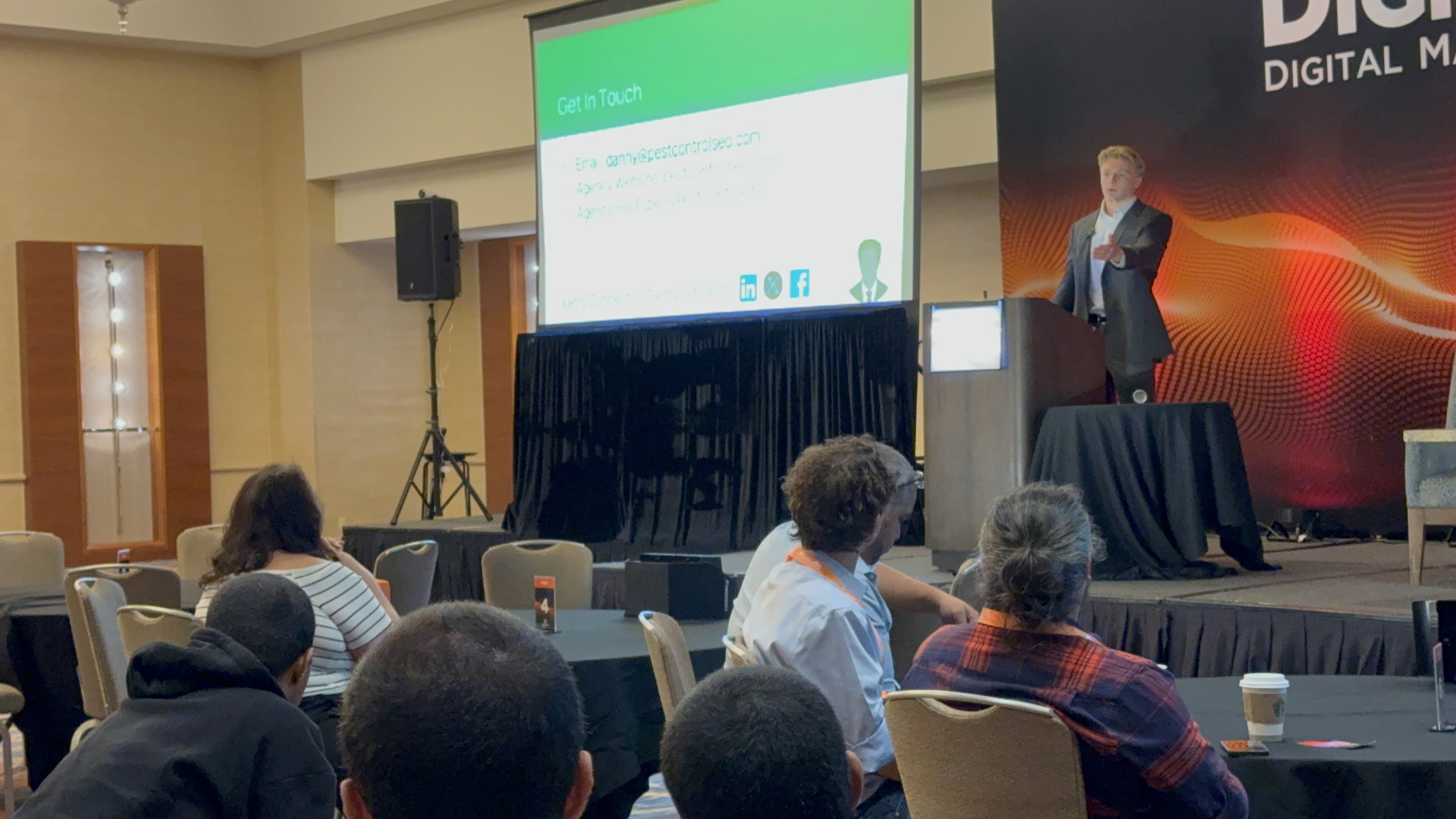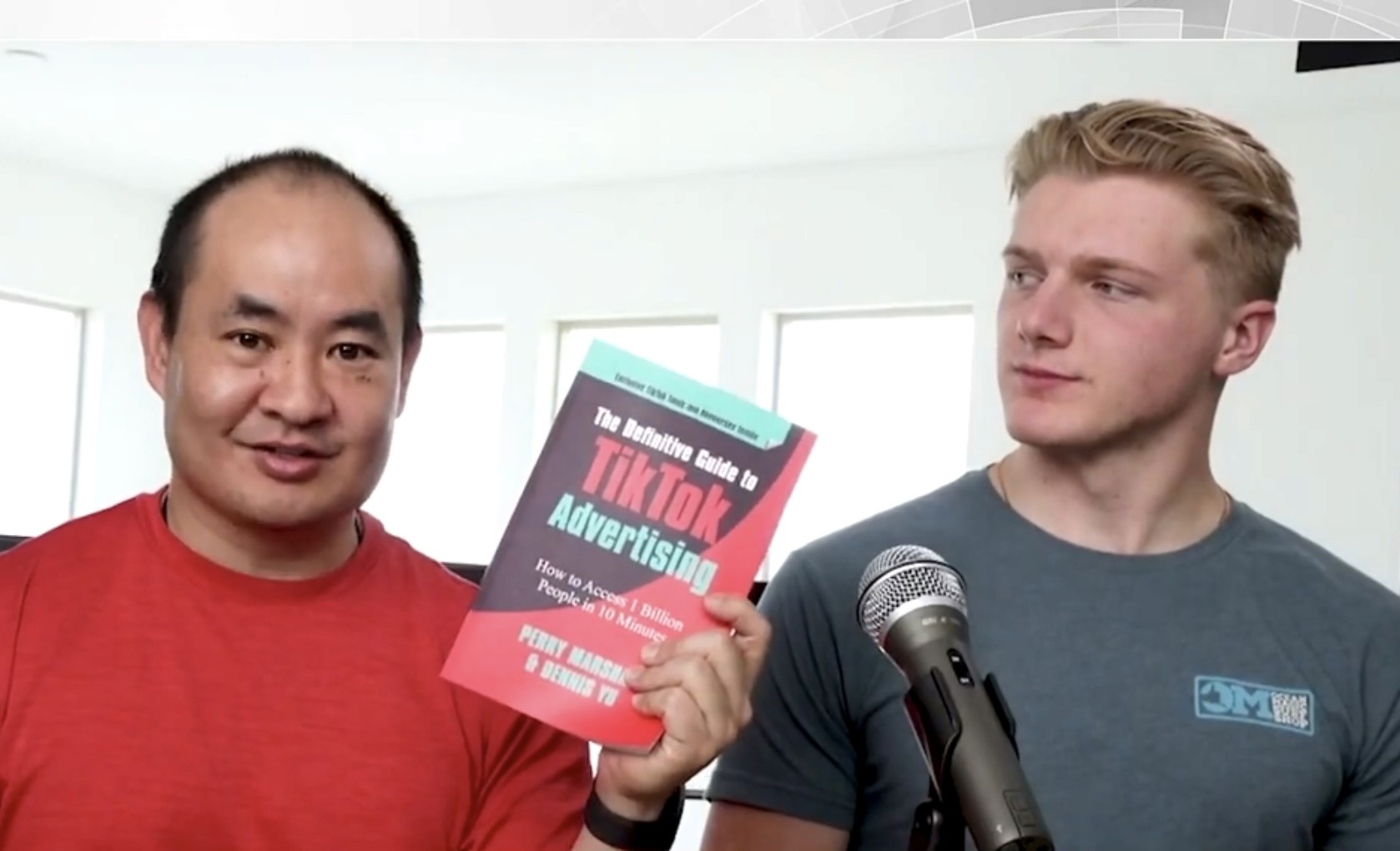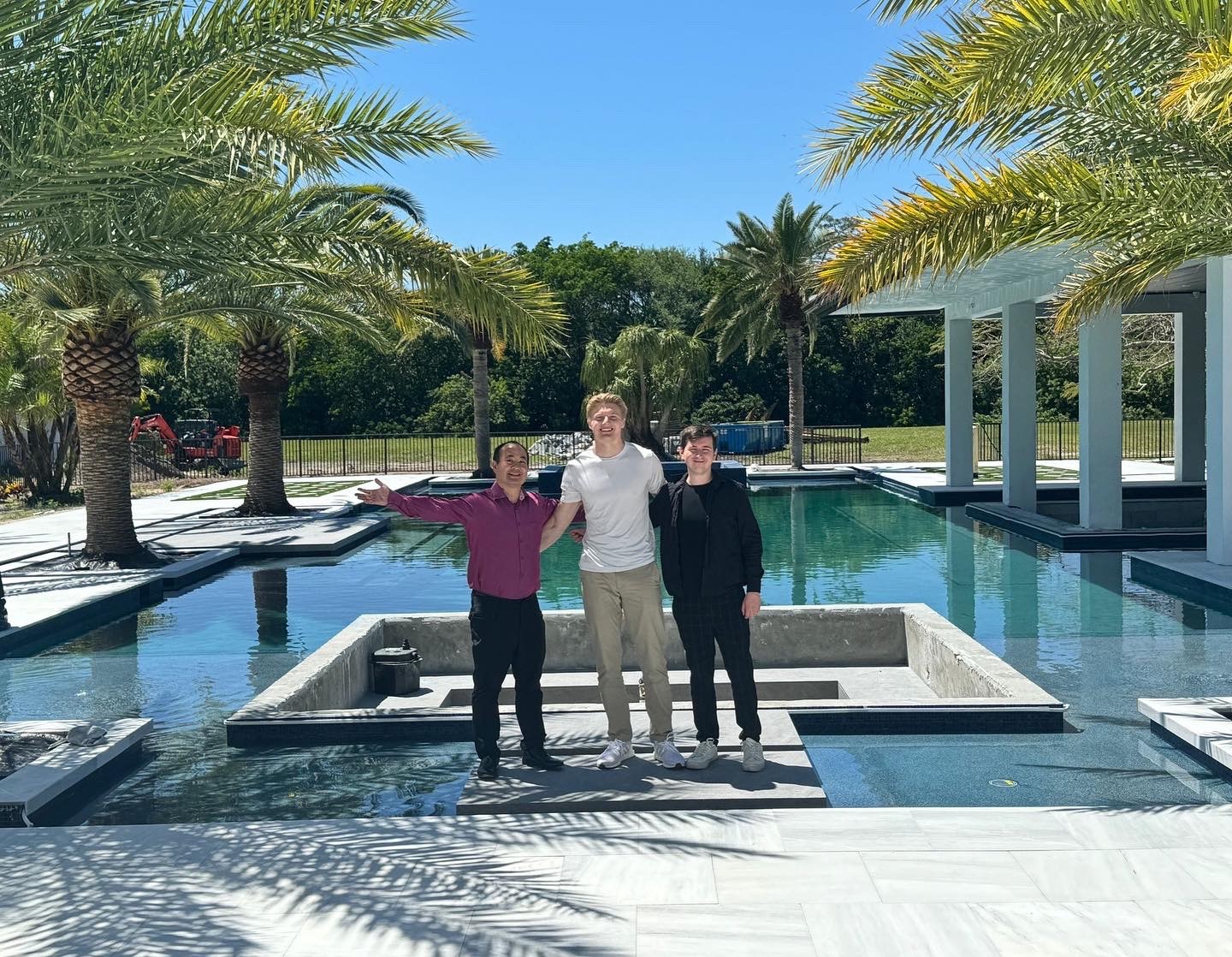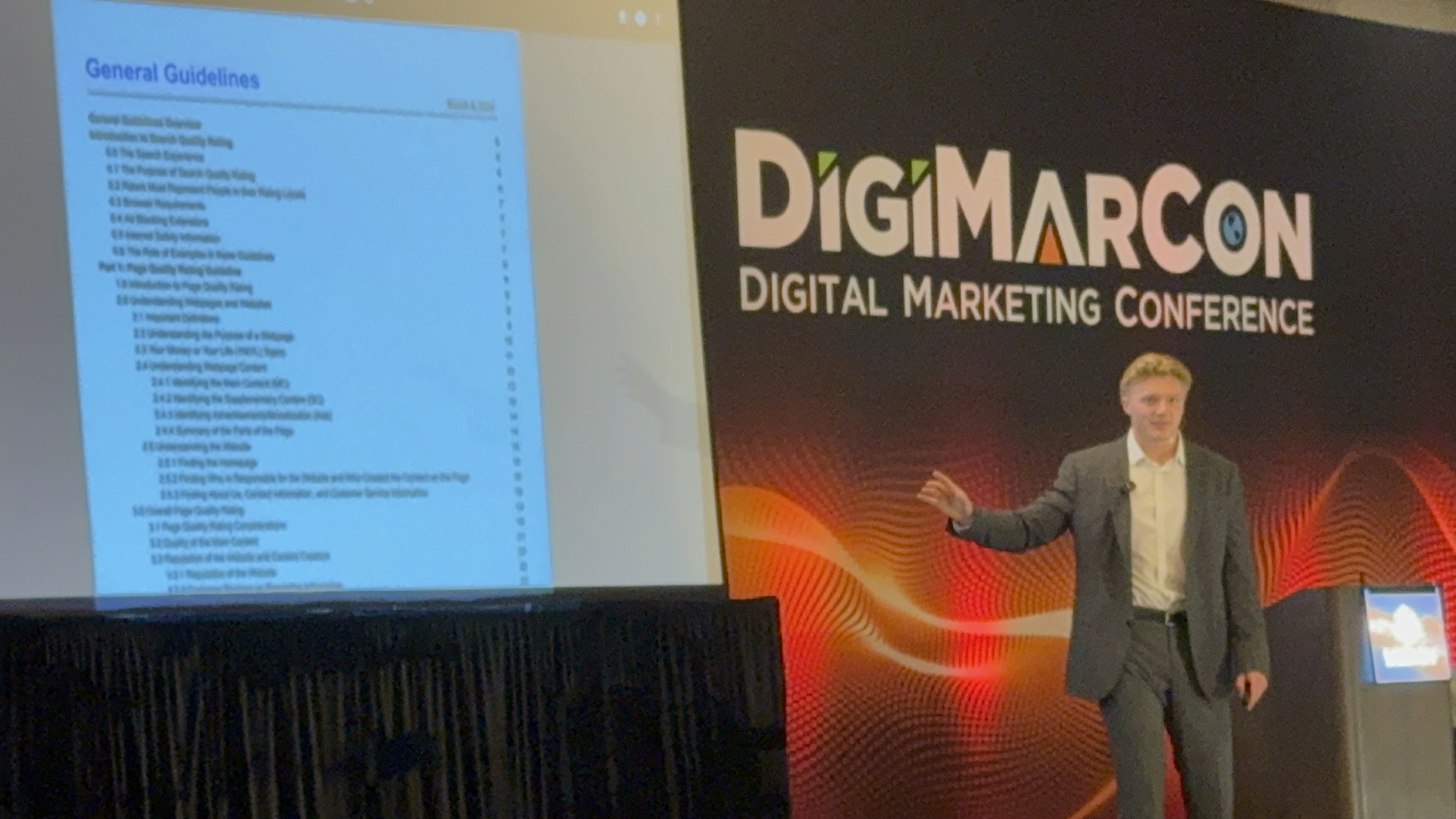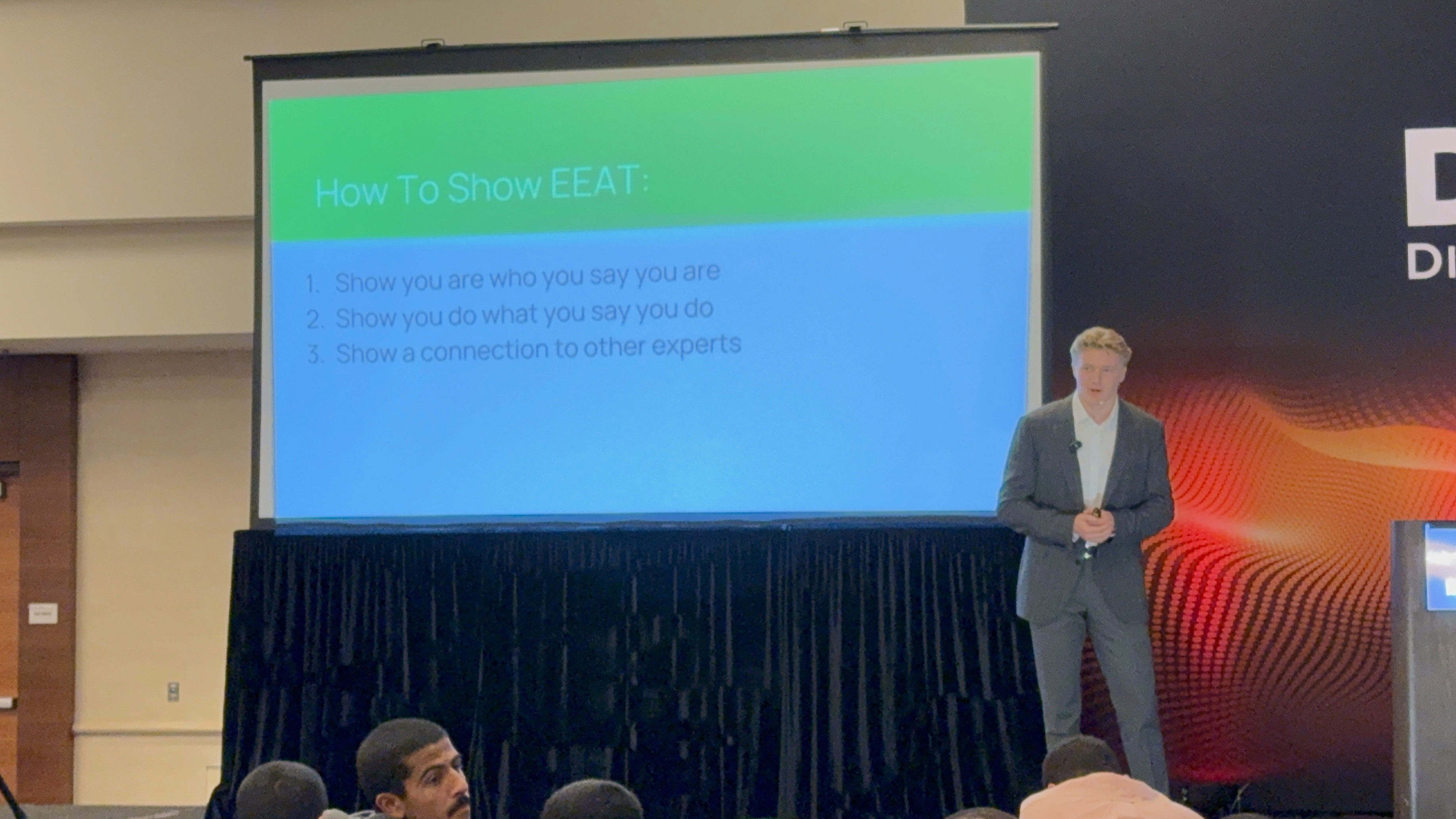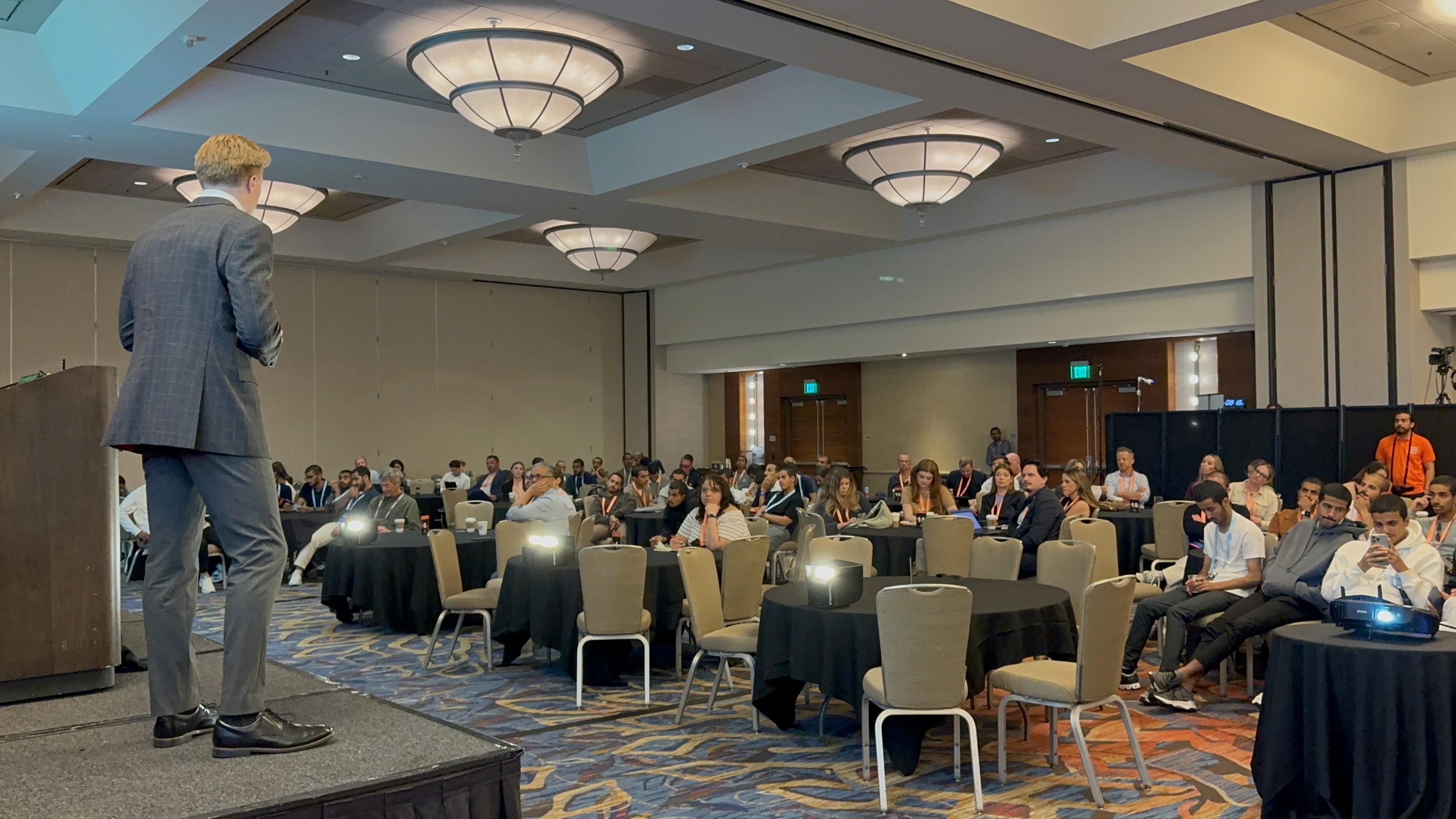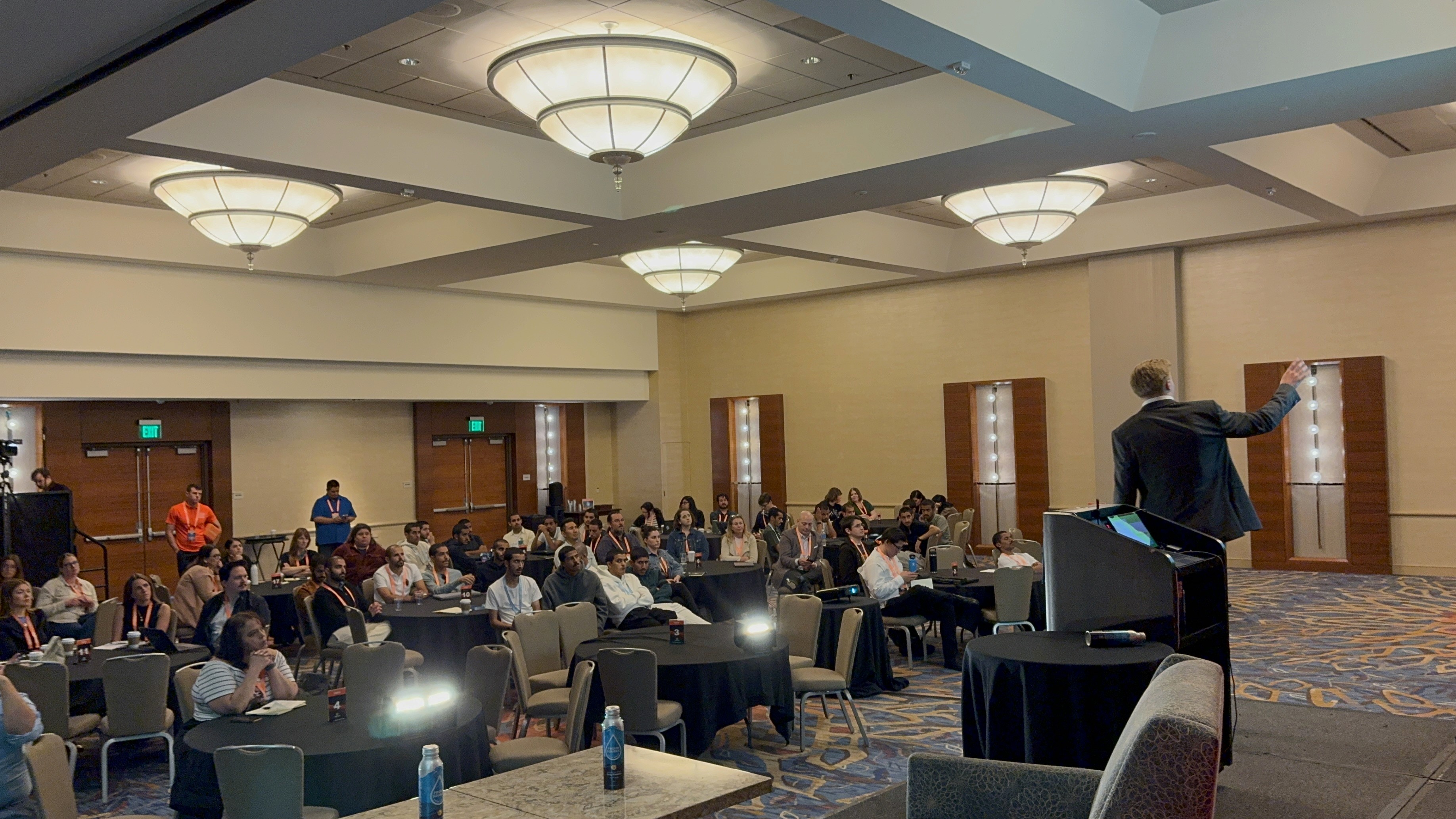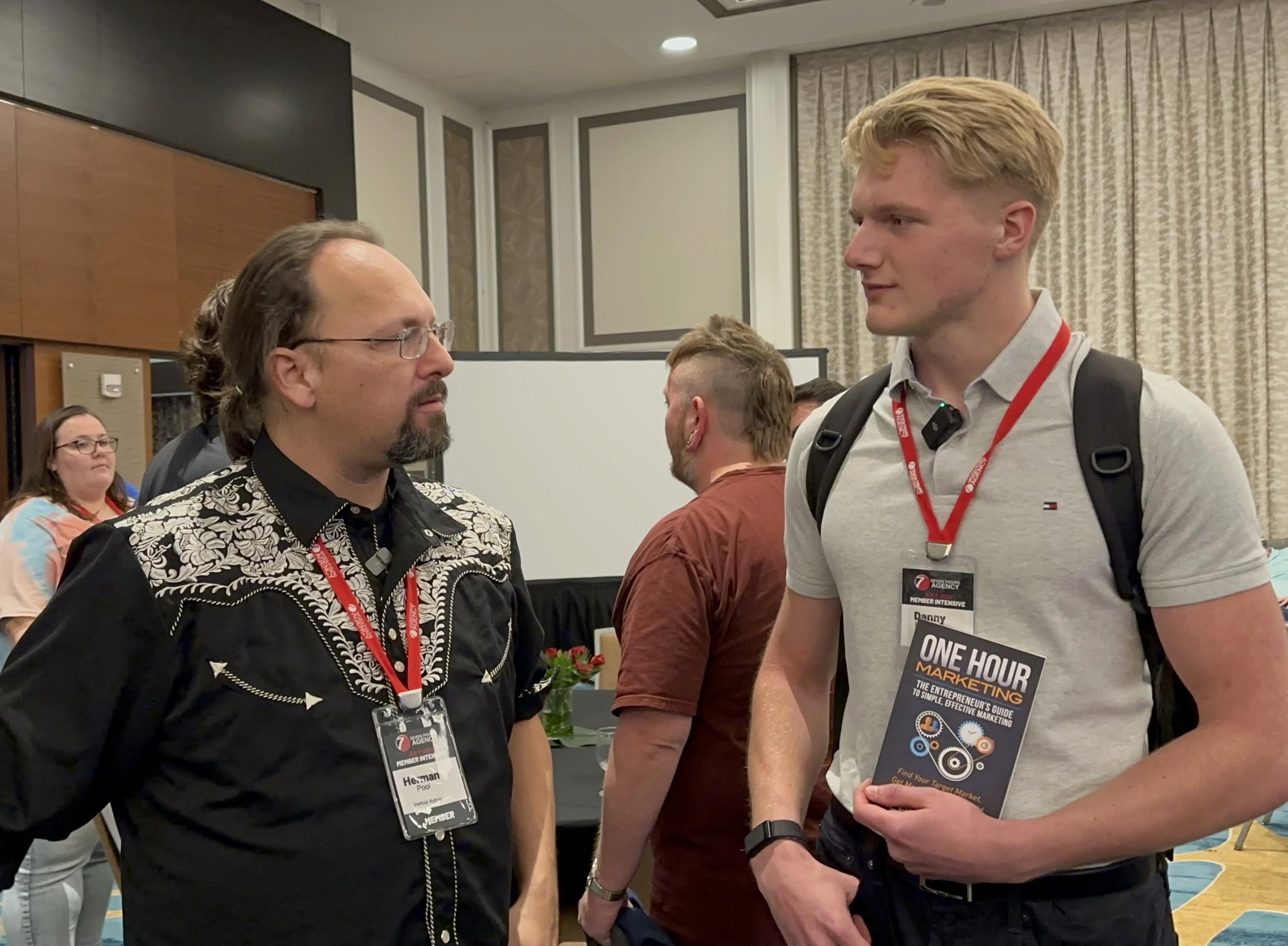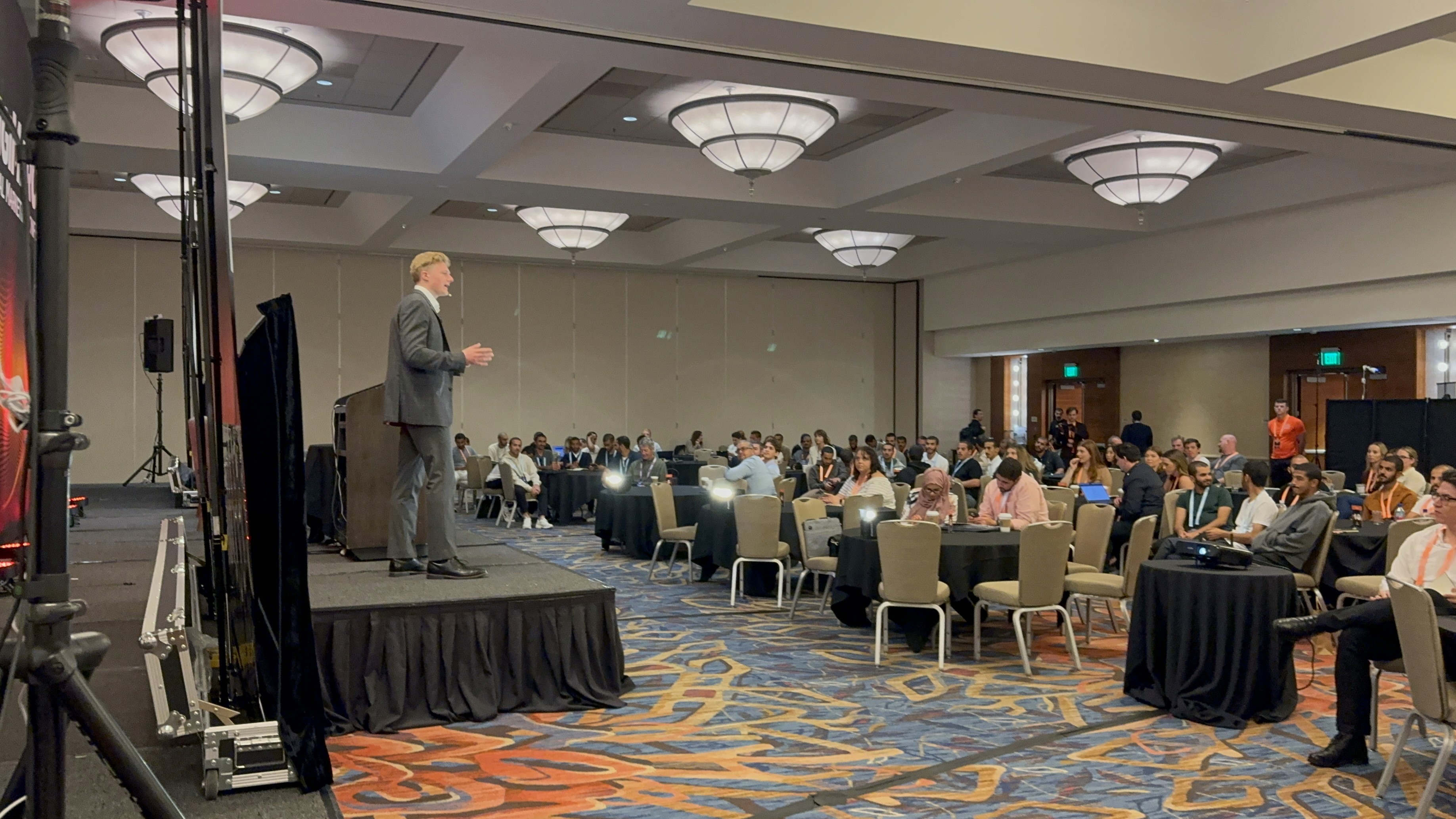Local Marketing Secrets
The Hidden Truth About Local SEO: Bradley Benner
Jul 8, 2024
Welcome to another deep-dive into the world of local SEO! I’m Danny Leibrandt, founder of Pest Control SEO, and in this blog I’m sharing an engaging conversation I had with Bradley Benner—a true veteran in local SEO with over 15 years of hands-on experience. Bradley’s story is a master class in transforming a trade background into SEO mastery. Whether you’re a contractor, a service-area business owner, or simply looking to refine your SEO strategy, the insights shared here are designed to be valuable, practical, and straight from the front lines.
/ / / / / / / /
Bradley’s Journey: From Electrical Contractor to SEO Expert
Bradley opened up about how his career began far away from digital marketing—as a former electrical contractor. Frustrated by the challenge of generating enough leads on his own, he turned to marketing using traditional methods like print advertising and direct mail. With little technical know-how at first and barely knowing how to navigate a computer, Bradley was inspired by other contractors who were successfully harnessing the power of Google to attract business.
He decided to roll up his sleeves and build test websites—from his own electrical business to sites for carpet cleaning and locksmith services. In just six months, these sites were ranking at the top of Google. That breakthrough led him to a model where he could “rent” these high-ranking sites to local contractors—a tactic known as the “rank and rent” strategy. The early success of these experiments eventually paved the way for him to launch his local SEO agency in Virginia, originally called Big Bamboo Marketing LLC, and later rebranded as Tree Care HQ.
The Evolution: From Keyword Stuffing to Entity-Based SEO
Bradley’s story is not just about taking a risk—it’s also about constant evolution. Early in his career, SEO was relatively simple; you could stuff keywords into your site, secure business directory listings, and watch your rankings soar. But, as Bradley explains, those days are long gone. Today’s search engine algorithms don’t just count keywords—they understand entities.
Around the end of 2021, Google shifted its focus to what Bradley describes as an “entity-based” algorithm. Rather than relying solely on keyword density, Google now evaluates pages based on topics or categories. This change means that instead of overloading a page with repetitive content (like “Termite Control in City 1,” “Termite Control in City 2,” etc.), it’s far more effective to optimize a page around a single, well-defined topic. In this new era, clarity and relevance trump sheer volume.
Simplifying SEO: It’s All About Structure
One of the key takeaways from our discussion is the power of simplicity. Bradley emphasizes that modern SEO success—especially for local, service-area businesses—is less about churning out thousands of words of content and more about building a clear, logical website structure. Here are the essential elements:
URL Optimization: Keep it short and succinct. The URL is often the first thing Google sees, so it should clearly convey what the page is about without keyword stuffing.
SEO (Meta) Titles and H1 Tags: Use these to signal the main topic or category. Bradley recommends a clever mix—using one for your primary category and the other for a top-level topic term—to maximize relevance without redundancy.
Headings and Subheadings (H2s, H3s, etc.): Rather than overwhelming users with massive blocks of text, organize content into clear sections. Each H2 can represent a specific service (say, Termite Control, Ant Control, etc.), with supporting information neatly broken down in H3s and beyond. This structure helps Google understand the hierarchy and content of your page effortlessly.
Bradley also mentioned a fascinating experiment: he once created a WordPress page featuring only a well-organized series of headings and ran it through Google’s Natural Language API. The result? Google could accurately determine the page’s focus without any extended written content. If that doesn’t prove the power of proper page structure, I don’t know what does.
Real-World Applications: Building a Winning Model
For those of us in local SEO, especially if you’re working within competitive niches like pest control, tree services, or HVAC, the message is clear: less can be more. Instead of creating dozens of redundant pages for every location and service combination, focus on developing a streamlined site architecture. For example, imagine a pest control business that used to generate separate pages for every service in every city—resulting in 20 or more pages filled with repetitive content. Today, by combining a few strategically optimized location pages with dedicated service pages, you not only reduce your workload but also make it easier for Google to understand and rank your content.
Bradley’s approach of “topic and category-based optimization” ensures that every page delivers exactly what the searcher needs—without the bloat. This results in faster crawling, a better user experience, and ultimately, improved rankings.
Key Takeaways for Service-Area Businesses
Embrace Simplicity: Focus on a clean, logical site structure. Your goal is to help Google quickly understand who you are, what you do, and where you do it.
Optimize for Entities, Not Just Keywords: In today’s SEO, topics and categories matter more than endlessly repeating keywords.
Structure Over Bulk: It’s not about having thousands of words; it’s about strategically placing key elements (URLs, SEO titles, headings) in the right hierarchy.
Iterate and Improve: The best-performing strategies aren’t set in stone. Use your current model as the control, test small tweaks, and continuously optimize.
By reducing content redundancy and focusing on what really matters, not only can you boost your SEO performance, but you can also streamline your workload and lower your overall marketing costs.
Join the Conversation
The insights Bradley shared remind us that while SEO strategies evolve, the fundamentals remain the same: clarity, simplicity, and a deep understanding of your audience’s needs. If you’re looking to take your local SEO game to the next level, I encourage you to experiment with these strategies, simplify your approach, and always test your results. And if you ever have questions or need advice, feel free to reach out—I love chatting about SEO and building genuine connections that enrich both our business networks and our Google Knowledge Graphs.
For more deep dives and expert insights, check out my regular content on dannyleibrandt.com and join the conversation at our upcoming webinars and Q&A sessions.
P.S. Check out the full episode here:
Latest
More Blogs By Danny Leibrandt
Get the latest insights on business, digital marketing, and entrepreneurship from Danny Leibrandt.





















